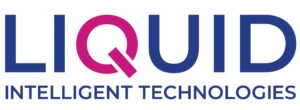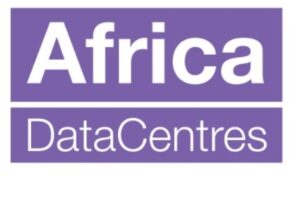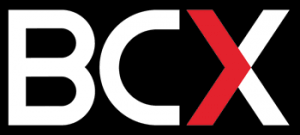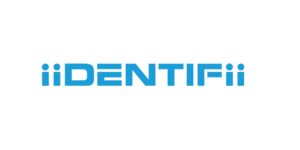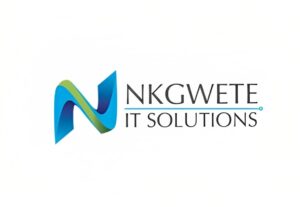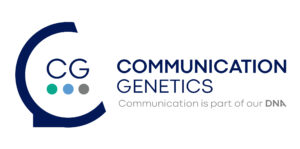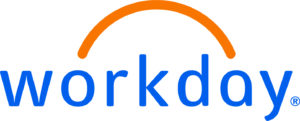IOTIC’s Pieter Pienaar says IoT is a force to be reckoned with, now more than ever.
The Internet of Things (IoT) has been heavily publicised and hyped since it first hit mainstream conversations. Defined as the next big thing in the technology evolution, IoT has been touted as the tool that will change everything from how the world manages manufacturing to how white goods work in the home. And yet, today, the technology remains underrepresented and misunderstood, its potential sidelined by buzz and hype. According to Pieter Pienaar, CEO of Informed Decisions and chairperson of the IoT Industry Council of South Africa (IOTIC), IoT is a force to be reckoned with, now more than ever.
“IoT has been described as a disruptive technology and this has come with high expectations, but these are realistic expectations when you really dig into the technology and what it can do,” he explains. “IoT leverages the internet and its abundance of retrievable data to ignite technological advancements that are simple to implement and affordable for mass consumption. Its ubiquity drives artificial intelligence, machine learning, automation, and other dynamic solutions to do more and go further.”
IoT’s special power is data. It is the ability to unlock significant insights from seemingly insignificant data. And to use these insights to save money and improve processes. To translate intelligence into actions that have tangible benefits across business, citizens, and country. This is why IoT became a buzzword in the first place. It dripped potential all over the digital floor. It opened doors that nobody knew could be opened. And then those doors remained firmly shut because the solutions didn’t quite meet the hype.
The technology remains semi-proven, not quite delivering what was expected, and the mixed levels of solution maturity and the ongoing threat of security have been causes for concern. The industry has been focused on data acquisition and analysis but needs to move beyond this focus, to mature into a space where it focuses on command and control – on delivering value that is relevant and customised.
“IoT still has all this potential. It is still worthy of the hype. But it requires the right kind of solutions and approaches to fully realise these qualities,” says Pienaar. “To get to the improved efficiencies, reduced risk, and cost-reduction benefits of IoT, the business has to implement technology that can get it there. This means paying attention to the data and the technology. When it comes to data, more is definitely more.”
Some industries have been paying attention to IoT and looking to its capabilities to improve their own. In agriculture, IoT has been used to effectively manage soil monitoring and fuel, and to monitor essential elements such as water and weather. Manufacturing, which currently accounts for 21.8 percent of overall IoT uptake, has leveraged IoT to improve operations and predictive maintenance. Transportation, at 20 percent of overall IoT uptake, has been using the technology to translate fleet complexity into cost-effective simplicity with intelligent fleet management tools and to monitor freight more effectively.
“The market is currently only in the initial stages of IoT adoption and industry standards have yet to be defined, which makes this the perfect time for innovators and entrepreneurs to take centre stage,” says Pienaar. “This is the time to land grab with first-mover technologies in a market that has a low to medium barrier to entry and offers immense opportunity.”
The South African market is predicted to increase spending across the IoT value chain over the next few years. This will be driven by changing customer conversations as they focus on software platforms, applications, and analysis that allow for organisations to improve access to data, connectivity, and capability. This will be further powered by the move to compute at the edge, as organisations realise the value of the intelligent edge and the ability to aggregate and analyse edge data and edge AI.
“Companies that form networks that pool their capabilities and bring their unique skillsets and focus to solution development, will find success within the IoT market,” concludes Pienaar. “This will ensure that solutions are affordable and relevant while expanding their reach and increasing market uptake. Ultimately, IoT still has the ability to reach its full potential and to disrupt the industry and translate data into opportunity.”





